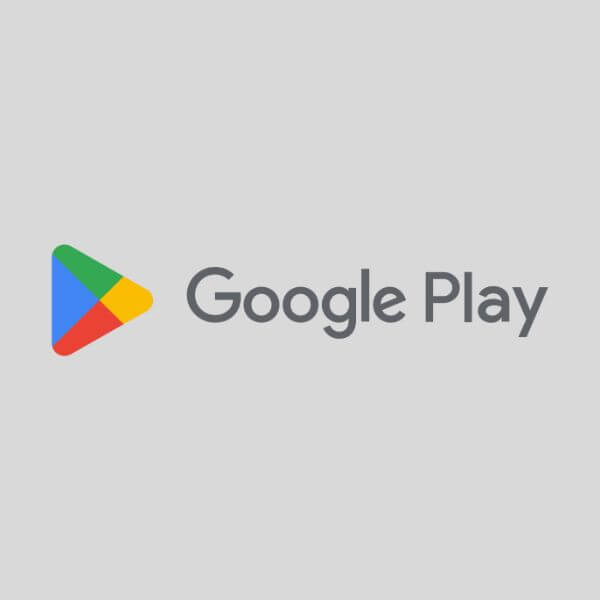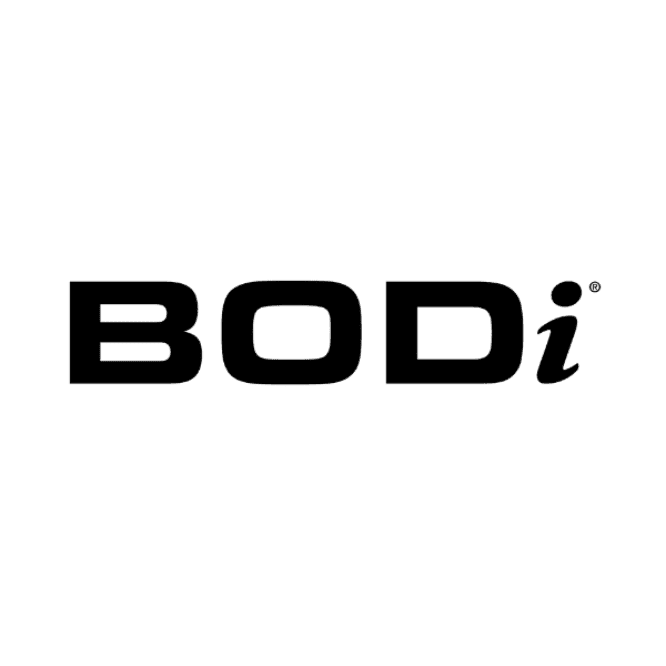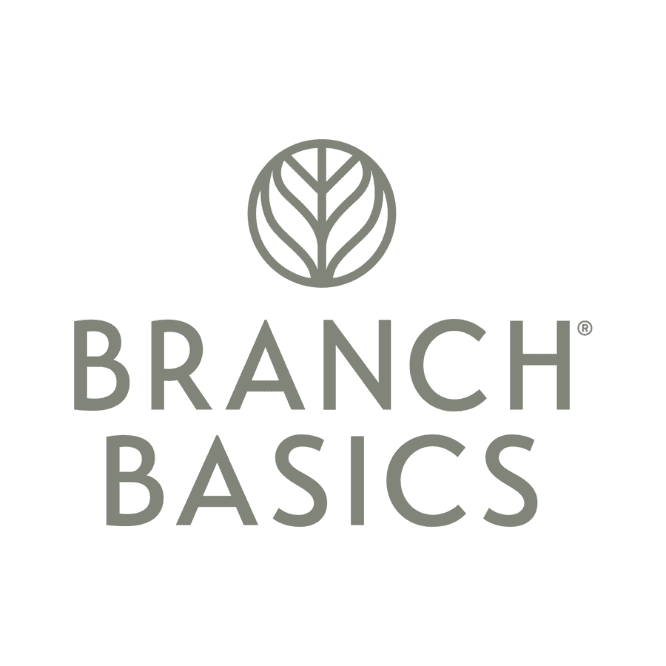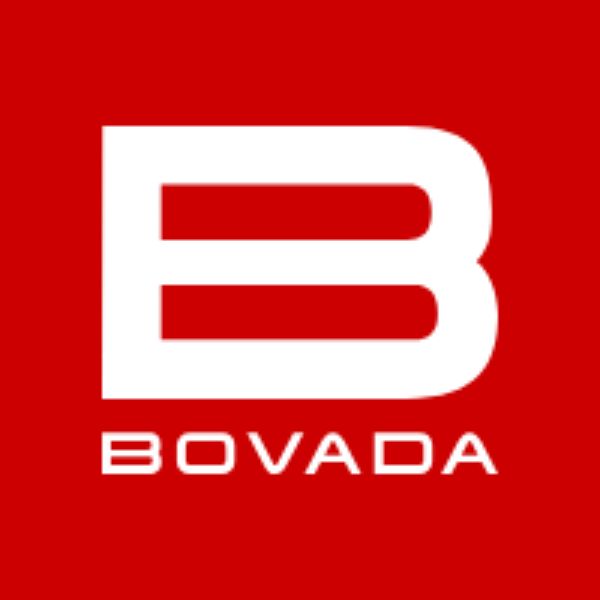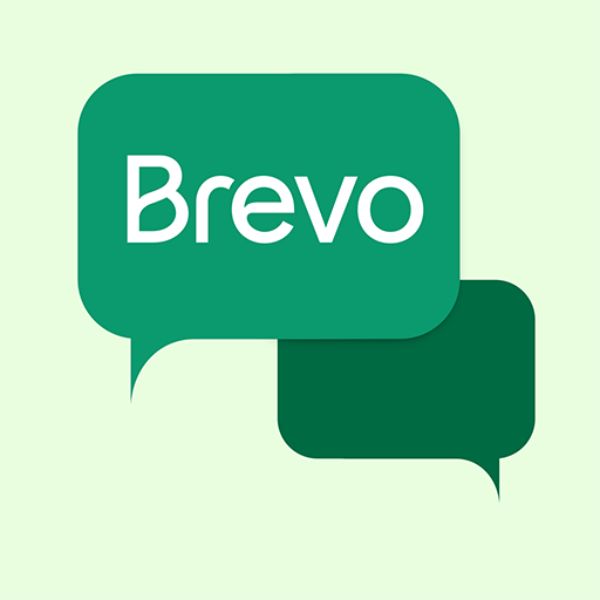About Google Play
Google Play, formerly known as the Android Market, is a digital distribution service operated and developed by Google. It is the official app store for certified devices running the Android operating system and ChromeOS. It allows users to browse and download applications developed with the Android SDK. Beyond apps and games, Google Play also serves as a digital media store, offering content such as books, movies, and TV shows (though some media types have transitioned to other Google brands like YouTube Music and Google TV). It is a global marketplace that connects developers with billions of users.
Google Play Affiliate Program Overview
The Google Play Affiliate Program allows partners to earn a commission by linking directly to eligible products and content available on the Google Play Store, most notably Google Play Books and occasionally other content. It is a way for content creators to monetize their audience by recommending digital products that their readers or viewers will value.
| Factor | Detail |
| Industry | Digital Distribution, E-commerce, Media & Entertainment, Technology |
| Product Type | Digital Goods (Apps, Games, E-books, Audiobooks, Movies/TV) |
| Affiliate Program Type | Pay-Per-Sale (PPS) / Standard Affiliate Program |
Google Play Affiliate Program Offers
The program’s offerings focus on providing a straightforward way for affiliates to track and earn from their referrals. The exact terms can often be found within the official affiliate network’s (like Partnerize) terms of service once you are accepted.
| Factor | Detail |
| Promotional Materials | Typically provides text links, banners, and an affiliate tracking dashboard (often via a third-party platform like Partnerize). |
| Affiliate Cookie Duration | Commonly reported as 24 hours from the referral click, though this can vary by product or campaign (e.g., Google Workspace’s program has a different duration). |
| Accepted Traffic Source | Websites, blogs, social media channels, email newsletters. Must comply with Google’s terms and conditions. |
| Accepted Countries | Generally global, but commissions and product eligibility may vary based on the country/region of the referred customer. |
| Explicit Content | Not accepted; promotion must adhere to Google Play’s content policies, which prohibit sexually explicit material. |
| Religious or political content | Not explicitly prohibited, but promotion must be done tastefully and must not violate Google’s brand safety or content guidelines, which often restrict polarizing or hateful content. |
Google Play Affiliate Commissions & Payments
The commission structure is typically a flat percentage of the sale price for eligible digital content, with books (Play Books) being the most commonly cited.
| Factor | Detail |
| MLM (Multi-Level Marketing) | No; this is a single-tier affiliate program, not an MLM or network marketing scheme. |
| Commission Rate | Generally 7% per sale for eligible products (e.g., Play Books). |
| Commission Structure | Pay-Per-Sale (PPS). A one-time commission is earned on the purchase of the referred product. |
| Payout Frequency | Usually Monthly, with a delay (e.g., commissions earned in January are paid in March). |
| Payout Methods | Varies depending on the affiliate network used (e.g., Direct Deposit/Bank Transfer, PayPal). |
| Minimum Payout | Varies by network, but typically around $10 USD (for gift card/certain methods) or higher for direct transfer. |
Suitable Affiliates for Google Play Affiliate
The Google Play Affiliate Program is best suited for content creators who naturally incorporate digital content (especially books, apps, and games) into their niche and have an audience that regularly consumes Android/Google ecosystem products.
| Affiliate Type | Suitability | Rationale |
| Bloggers | High | Ideal for book review blogs, technology/app review sites, and educational content that recommends specific apps or games. |
| TikTokers | Medium | Good for short-form content recommending mobile games or popular apps. Requires a link-in-bio strategy for conversion. |
| KOC (Key Opinion Consumer) | Medium | Suitable if they create authentic reviews of apps, games, or books and link to the content. |
| KOL / Influencers | High | Excellent for tech influencers, gaming creators, or book reviewers on social media platforms like Instagram/X who can showcase digital products. |
| YouTubers | High | Perfect for mobile gaming channels, app review videos, and book-related content creators who can put links in the video description. |
| Video editors | Low | Not directly suitable unless they also run a channel/blog. |
| Livestreamers | Medium | Can promote and link to mobile games or apps they are using during a live stream. |
Google Play Affiliate Software
Google often leverages established, trusted third-party affiliate networks to manage its affiliate programs rather than a fully in-house solution.
- Software Used: The Google Play (Play Books) Affiliate Program is often managed through a third-party affiliate network like Partnerize.
- Affiliate Management: This network handles the tracking, reporting, and payment processing for the affiliates, providing a reliable infrastructure.
3 Alternatives for Google Play Affiliate Program
Here are three popular alternatives that also involve promoting digital or physical products, along with a comparison.
| Comparison Factor | Google Play Affiliate (Play Books) | Amazon Associates | Shopify Affiliate Program | CJ Affiliate (as a Network) |
| Average bill | Lower (single digital item) | Varies (single item to high-value purchase) | High (Shopify subscription) | Varies by merchant |
| Entry fees | $0 (Free to join) | $0 (Free to join) | $0 (Free to join) | $0 (Free to join) |
| Withdrawal threshold | Varies by network (e.g., $10-$50) | $10 (Direct Deposit/Gift Card) or $100 (Check) | $10 (PayPal/Direct Deposit) | Varies by network (e.g., $50) |
| Payment frequency | Monthly (with delay) | Monthly (with 60-day delay) | Bi-Weekly or Custom | Monthly (Net 30) |
| Commission | 7% (on eligible digital content) | 1% – 10% (Varies by product category) | Up to $150 (Per paid referral) | Varies by merchant/program (e.g., 5%-50%) |
| Conversion | Requires customer to buy linked digital content. | High (Trusted brand, customer may buy other items in 24-hour cookie window). | Customer must sign up for a paid plan. | Varies by merchant and product type. |
| Marketing materials | Text links, basic banners (via network) | SiteStripe tool, text links, images, custom banners. | Creative library, lead magnets, newsletters. | Extensive library of banners, deep links, and creative assets. |


